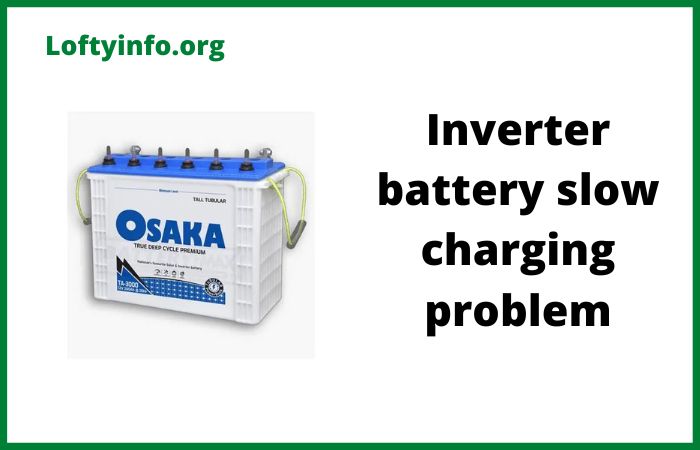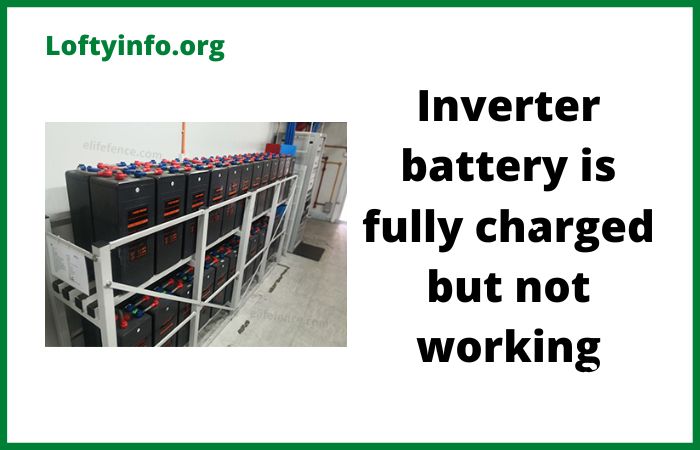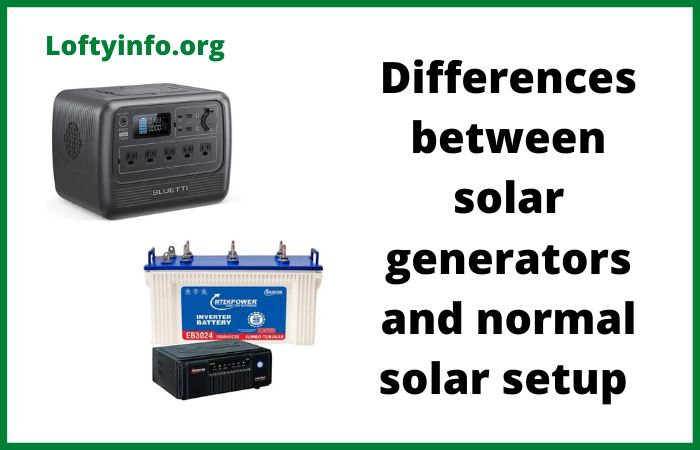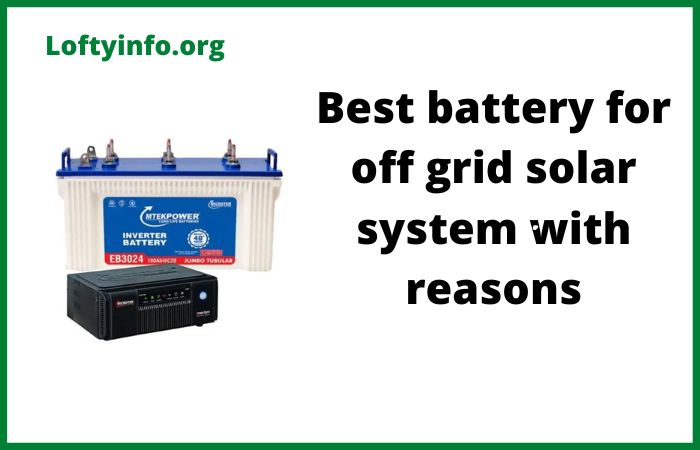Top Considerations When Choosing the Right Battery Size for Your Solar Setup
Investing in a solar energy system is a significant step toward energy independence and sustainability.
One of the most critical decisions you’ll face is determining the appropriate battery capacity for your setup.
An undersized battery won’t meet your energy needs during cloudy days or nighttime while an oversized system represents unnecessary expense.
Getting this balance right requires careful analysis of multiple factors that influence your energy storage requirements.
Top Considerations When Choosing the Right Battery Size for Your Solar Setup
1) Understanding Your Daily Energy Consumption
The foundation of selecting the right battery size for your solar setup begins with accurately calculating your household’s daily energy consumption.
This isn’t simply about adding up the wattage ratings on your appliances, it requires understanding actual usage patterns throughout the day and night.
Start by examining your electricity bills from the past twelve months to identify your average daily kilowatt-hour (kWh) consumption.
Don’t stop there.
Create a comprehensive inventory of all electrical devices in your home, noting their wattage and typical hours of operation.
Refrigerators, air conditioning units, water heaters and entertainment systems often consume more power than homeowners realize.
For instance, a standard refrigerator might use 1-2 kWh daily while a central air conditioning system can consume 3-5 kWh per day during peak summer months.
Pay special attention to seasonal variations in your energy usage.
Homes in regions with extreme temperatures will experience significantly different consumption patterns between summer and winter.
Your battery system should be sized to handle your peak consumption periods, not just average usage.
Consider any planned changes to your household, such as purchasing an electric vehicle, adding new appliances or expanding your living space, as these will impact future energy demands.
2) Determining Your Backup Power Duration Requirements
When evaluating top considerations when choosing the right battery size for your solar setup, the desired length of backup power during grid outages or periods without sunlight stands as a crucial factor.
This decision varies dramatically based on your location, climate, and personal circumstances.
Consider how many consecutive days of autonomy you need.
In regions with reliable sunshine, two to three days of backup power might suffice.
Areas prone to extended cloudy periods or severe weather events may require four to five days of stored energy.
Those living in remote locations far from grid access often need even greater autonomy.
Calculate this by multiplying your daily energy consumption by your desired autonomy period.
If your household uses 30 kWh daily and you want three days of backup, you’ll need batteries capable of storing 90 kWh.
This is just the starting point, other factors will adjust this figure upward or downward.
Think about your critical loads versus non-essential loads.
During an extended outage, you might be willing to forego air conditioning or electric heating, relying instead on just refrigeration, lighting and communication devices.
Many homeowners design their systems with a critical loads panel that separates essential circuits from luxury items, allowing for smaller, more cost-effective battery banks while still maintaining crucial services during emergencies.
3) Accounting for Depth of Discharge Limitations
Battery chemistry and manufacturer specifications impose important limitations on how much stored energy you can actually use.
The depth of discharge (DoD) represents the percentage of battery capacity that can be safely depleted without damaging the battery or significantly reducing its lifespan.
Modern lithium-ion batteries typically allow for 80 to 95% DoD, meaning you can use nearly all of their stated capacity.
A 10 kWh lithium battery with 90% DoD provides 9 kWh of usable energy.
Traditional lead-acid batteries generally permit around 50% DoD so as to serve for more years optimally, requiring you to install double the capacity to achieve the same usable storage.
A 10 kWh lead-acid battery bank would only provide 5 kWh of practical energy.
This consideration dramatically impacts the total battery capacity you’ll need to purchase.
Using our earlier example of 90 kWh storage requirement with three days of autonomy, lithium batteries with 90% DoD would require a 100 kWh bank while lead-acid batteries at 50% DoD would necessitate a 180 kWh installation, a massive difference in both cost and physical space requirements.
Understanding these limitations helps prevent premature battery degradation.
Consistently discharging batteries beyond their recommended DoD accelerates capacity loss and shortens overall lifespan, ultimately costing more in replacement expenses than properly sizing the system from the beginning.
4) Evaluating System Efficiency and Energy Losses
Real-world solar battery systems don’t operate at 100% efficiency.
Energy losses occur during the charging process, storage period and discharge cycle.
These inefficiencies must be factored into your battery sizing calculations to ensure adequate capacity.
Battery round-trip efficiency measures how much energy you can retrieve compared to what you store.
Quality lithium-ion batteries typically achieve 90-95% round-trip efficiency while lead-acid batteries range from 70-85%.
If you store 10 kWh in a battery with 90% efficiency, you’ll only recover 9 kWh for use.
Inverter efficiency adds another layer of loss.
The inverter converts DC power from batteries to AC power for household use, typically operating at 94 to 97% efficiency.
Combining battery and inverter losses means your overall system efficiency might be 85-92%, depending on component quality.
Temperature also affects battery performance.
Extreme heat or cold reduces both efficiency and capacity.
Batteries installed in unconditioned spaces like garages or outdoor enclosures may experience 10 to 20% capacity reduction during temperature extremes.
If your installation location subjects batteries to harsh conditions, compensate by increasing capacity accordingly.
When calculating your required battery size, divide your needed storage by your system’s overall efficiency.
If you need 90 kWh of usable energy and your system operates at 88% efficiency, you should install approximately 102 kWh of battery capacity (90 ÷ 0.88) to ensure adequate power delivery.
5) Assessing Your Solar Panel Production Capacity
Your solar array’s generating capacity directly influences how much battery storage makes practical sense.
The relationship between solar production and battery size represents one of the top considerations when choosing the right battery size for your solar setup.
A large battery bank paired with insufficient solar panels creates frustration, your batteries will rarely fully charge, leaving you dependent on grid power.
Oversized solar arrays with minimal battery storage waste potential energy generation, as excess power cannot be stored for later use.
Analyze your solar production data or estimates across all seasons.
Winter months with shorter days and lower sun angles produce significantly less energy than summer.
Your system should generate enough power to fully charge your batteries while simultaneously meeting daytime loads during your least productive season.
A general guideline suggests your solar array should produce at least 1.2 to 1.5 times your daily consumption during winter months to account for battery charging, system losses and cloudy days.
If your daily consumption is 30 kWh, aim for 36-45 kWh of winter solar production.
During summer, this same array might produce 50-70 kWh daily, providing ample energy for battery charging and immediate use.
Consider future expansion possibilities.
If you anticipate adding more solar panels later, sizing batteries somewhat larger than current production supports allows room for system growth without requiring immediate battery upgrades.
6) Balancing Budget Constraints with Long-Term Value
Financial considerations inevitably play a major role in determining final battery size.
Battery storage represents the most expensive component of most solar installations, often accounting for 40-60% of total system costs.
Compare upfront costs against long-term value.
Lithium-ion batteries cost significantly more initially but offer longer lifespans of 10 to 15 years versus 3 to 7 years for lead-acid with a higher efficiency, deeper discharge capability and minimal maintenance.
Over the system’s lifetime, lithium often proves more economical despite higher purchase prices.
Evaluate your electricity rates and utility policies.
Areas with high electricity costs, time-of-use pricing, or unfavorable net metering programs benefit more from larger battery systems that maximize self-consumption and minimize grid dependence.
Regions with low electricity rates and generous net metering might justify smaller battery banks focused primarily on backup power rather than daily cycling.
Consider financing options and available incentives.
Federal tax credits, state rebates and utility programs can offset 30 to 50% of battery costs in some locations.
These incentives may enable larger, more capable systems that would otherwise exceed budget constraints.
Think in terms of cost per kWh of storage rather than total system price.
A $15,000 battery system providing 20 kWh of usable storage costs $750 per kWh while a $12,000 system with 12 kWh usable storage costs $1,000 per kWh, the larger system offers better value despite higher absolute cost.
7) Planning for Future Energy Needs and System Expandability
Your energy requirements will likely change over time.
Smart planning for top considerations when choosing the right battery size for your solar setup includes anticipating future needs and ensuring system expandability.
Electric vehicle adoption is rapidly growing.
A single EV adds 8-15 kWh to daily consumption, depending on driving habits.
If you’re considering an electric vehicle within your battery system’s lifespan, factor this additional load into your sizing calculations now, even if immediate EV purchase isn’t planned.
Similarly, consider lifestyle changes such as retirement (more time at home consuming energy), adult children moving out (reduced consumption) or adding home office equipment.
Each scenario impacts your energy profile differently.
Choose battery systems that allow modular expansion.
Many modern lithium battery systems let you add capacity incrementally by installing additional battery modules.
This approach enables starting with adequate capacity for current needs while preserving the option to expand affordably as requirements grow, rather than oversizing initially or facing expensive system replacement later.
Verify compatibility and scalability limits with your chosen battery manufacturer.
Some systems support expansion up to a certain threshold while others offer virtually unlimited scalability through additional battery cabinets.
Understanding these limitations before purchase prevents costly surprises if expansion becomes necessary.
Making the Final Decision
Selecting the appropriate battery capacity requires synthesizing all these factors into a coherent plan that matches your specific circumstances.
There’s no universal formula, each household has unique energy patterns, budget constraints, backup requirements and future plans.
Work with experienced solar professionals who can perform detailed load analysis, model your energy production and consumption patterns and recommend appropriately sized systems.
Quality installers use sophisticated software that simulates your system’s performance across various scenarios, providing confidence in sizing decisions.
Remember that battery technology continues advancing rapidly.
Systems installed today will likely be more capable and cost-effective than those available just a few years ago.
This progression means that slightly undersizing now with plans for future expansion, may prove more economical than oversizing immediately as prices continue declining and technology improves.
Ultimately, choosing the right battery size for your solar setup balances technical requirements with practical constraints, ensuring reliable power supply without unnecessary expense.
By carefully evaluating your consumption patterns, backup needs, system efficiency, solar production capacity, budget, and future plans, you can confidently select a battery system that serves your household effectively for years to come.
Causes of rooftop solar panel fire hazards
Top Considerations Before Adding a Wind Turbine to a Solar Setup
Get the best from your solar setup guide
Top considerations before adding more solar panels to your solar setup
How to charge mobile phones with solar panel
The benefits of solar panels on homes
Critical mistakes to avoid when connecting solar panels in parallel






